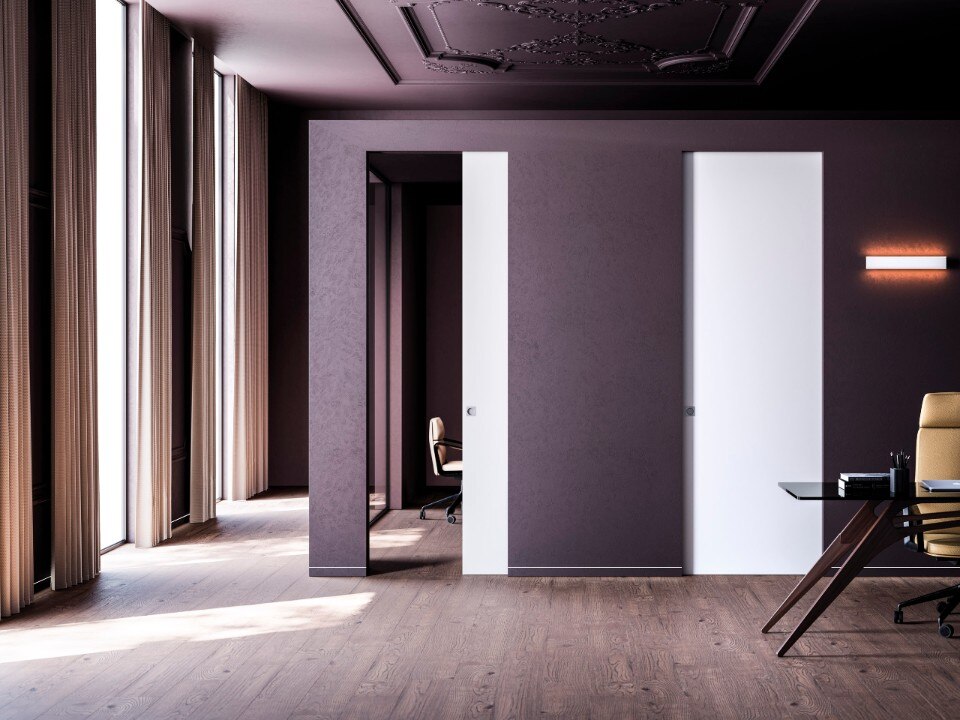At the beginning of the 1990s, Norbert Kottmann erected a construction sign on the then wasteland of Potsdamer Platz, affirming it as the site of the future erection of Tatlin's Monument to the Third International. Tatlin's Tower was originally conceived as both the headquarters of, and monument to, the international socialist revolution, but it has long been deployed in art to denote a range of hopeful utopias. Kottmann named his version the "Parliament Building for the United Nations of Eurasia". Despite these visions, within a few years there arose instead the Sony Centre and its attendant, decidedly more commercial towers. While Tatlin's Tower is doomed to be reappropriated by artists forever, while remaining unbuilt, the renderings of today's architectural visualisations exist for the same, and frequently more successful purpose: to call into being, and physicality, the buildings of the imagination.
These renderings might also be considered the most visible public, legal, urban art of the 21st century. Displayed on hoardings throughout the metropolis, they confront us every day with a kind of digital futurism, a pixelated vision of what is to come. As such, an entire industry has sprung up within and alongside architecture and construction to facilitate their creation.


Jörg Majer of Picture Plane, a London-based architectural visualisation studio, trained as an architect himself before becoming interested in the possibilities of software to simulate the atmosphere of unbuilt buildings. Working with a range of techniques, Picture Plane produces imagery of a startling ethereality, with all the ambiguity of art.
Picture Plane's images are intentionally on the side of the aesthetic, and in many cases are intended to evoke mood and atmosphere rather than literal views. With the increased power and sophistication of 3D software, most renderings, says Majer, "aspire to the photograph, rather than the painting, but when you are creating spaces that do not yet exist, the painting is more powerful".
In a series of images of a proposed South London housing development by John Smart Architects, Majer first constructs the base buildings in 3ds Max and inks them with physically accurate material maps and lighting effects drawn from a range of libraries. There are libraries of trees, and people, too, with which to populate the surroundings and the street. But the rendered model is then moved into Photoshop, and the texture of the final image is taken from classic English landscape painting: the colour palette and the clouds in the sky are based on the paintings of George Stubbs; a cyclist stands astride his bicycle much as the romantic painter's horsemen do. Another image, produced for a proposed settlement in Scotland by Níall McLaughlin Architects, flattens out the perspective to produce an effect akin to naive painting, evoking innocence and a simplicity of living.
What was once the domain of the architect is now performed by the visualisation artist

But many visualisations define the work even more strongly. As the power of the architect wanes, and planners and developers become more powerful in the process, the visualisation may come to form, shape and define the final outcome more than any sketch did before. The trend in visualisation is towards the photoreal, ever more achievable with software. And what was once considered the domain of the architect is now performed by the visualisation artist, or even by the software itself. Ryan Lintott, Associate Director at Squint/Opera, a "creative content and communications agency for brands and the built environment", describes how incidental material in large-scale visualisations bleeds through into the final design, and the world.
At the higher scales, visualisers work from barebones blueprints to fill master plans for malls and public squares with foliage and furniture in order to produce convincing walk- and fly-throughs for large multinational clients. But these images, populated with off-the-shelf details and default objects, are so convincing that they are hard to shake, and become fixed in the project, approved at every stage: a lorem ipsum architecture, or the visual equivalent of marketing-speak, strip-mined of meaning and value.

While a little bit of Photoshopping is not unique to the architecture and construction industries, there is growing concern that visualisation and standardisation will increase the levels of "software determinism" in architecture. As architecture and planning become more integrated digitally, there is a movement towards Building Information Modeling (BIM) processes — complete digital records of facilities from conception to operation — which many believe will eventually become law. Many of these workflows formalise visualisations as part of the design process to such an extent they are drawing complaints from architects who feel that image-making is replacing creative and material rigour in building design. While Michael Graves worries that "something is lost when [students and staff] draw only on the computer", perhaps he should in fact be concerned that another kind of unachievable hyperreality is being born. James Bridle, writer and artist based in London

FADE Family is the new approach to outdoor living
The latest addition to the PLUST Collection is a line of furniture inspired by the texture of white stone, which illuminates as evening falls.


